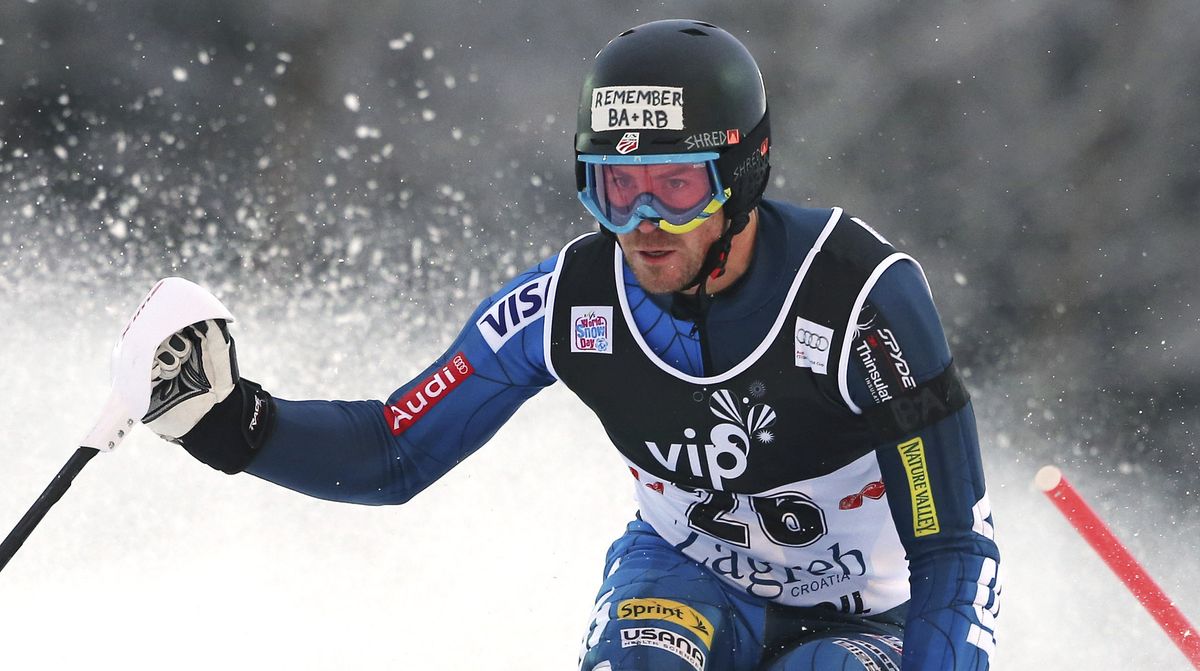Jennings: Scratching surface of avalanche safety

Two up and coming young athletes on the U.S. Ski Team, Ronnie Berlack, 20, of Franconia, New Hampshire, and Bryce Astle, 19, of Sandy, Utah, were killed Monday in an avalanche near Solden, Austria. They were caught skiing off piste during a training session on Rettenbach Glacier, a site for World Cup alpine events and the European training base for the U.S. Ski Team.
A BBC report said officials in the Tyrolean region had declared an avalanche alert for the area after days of heavy snowfall and mild temperatures. But Berlack and Astle weren’t touring in the backcountry, they simply ventured off the prepared slope when they met their fate.
Our local mountains often have the same type of weather that created the conditions for that fatal avalanche. This week’s heavy snowfall and subsequent rain compelled me to quit putting off the online avalanche awareness course I intended to complete. Skiing has been a big part of my life for many years, but lack of avalanche training has left a gaping hole in my résumé.
My ski touring experience is limited. Primarily a chair lift kind of guy, I’ve assumed my chances of encountering an avalanche are slim. The extent of my avalanche training has been the compulsory drill with a beacon and a probe before climbing into the snow cat. But I can never resist exploring out of bounds for a secret stash.
People do get killed occasionally doing that. In 2010 a man was killed in an avalanche skiing off piste, yet in bounds, at Sun Valley, about 30 yards above a groomed slope. Our local slopes are low angle in comparison, but when I hear the charges going off at Silver Mountain above Kellogg after a heavy snowfall, it usually means very little time will be spent in bounds, where explosives have reduced the avalanche risk.
And why not? I’ve hiked along ridges and skinned side country many times to access untracked powder and it hasn’t happened to me yet. But after completing my brief introduction to avalanche awareness, I’ve learned that expecting nothing will go wrong – because nothing ever has – is known as “complacency,” one of the human factors leading to unnecessary risks that trigger an avalanche.
The National Ski Patrol (NSP) offers the online avalanche awareness course I completed. It only costs $20 and requires a little more than an hour. You need to score at least 80 percent on the quiz at the end to pass and receive your certificate.
The NSP made it clear that taking the course did not teach me the knowledge and skills I need to actually travel safely in avalanche terrain. For that, I will need a Level I avalanche course that meets standards established by the American Avalanche Association (AAA).
However, the basic knowledge I gained was important because it helped dispel my ignorance about the risks. Perhaps the most helpful information involved learning about the four sets of avalanche factors that combine to represent avalanche hazard: weather factors, snowpack factors, terrain factors and human factors.
To help students understand the relationship between these factors, the NSP course represents them as a triangle. The physical factors – weather, snowpack and terrain – form the sides of a triangle enclosing the human factors. If critical physical factors exist, a human factor is likely to trigger an avalanche. In other words, the sides of the triangle represent avalanche potential. The human factors in the center represent the consequences.
Human factors are so important because they are the only factors we have any control over, as well as the factors that get someone killed. In addition to complacency, they include such foibles of human nature as lack of planning, denial, tunnel vision, competition, peer pressure and underestimating consequences, to name just a few.
To manage the human factors, the NSP recommends that everyone in your group on a backcountry trip needs to have taken at least a three-day Level I avalanche course. Looking for one locally, I’ve learned that they are offered infrequently and have limited enrollment that fills up quickly. A Level I course available in Spokane at Mountain Gear starting Jan. 14 has been sold out for several weeks.
My brief online introduction to avalanche awareness only scratched the surface, but at least I’m aware of how much I have yet to learn about avalanche safety, and that’s a good thing.